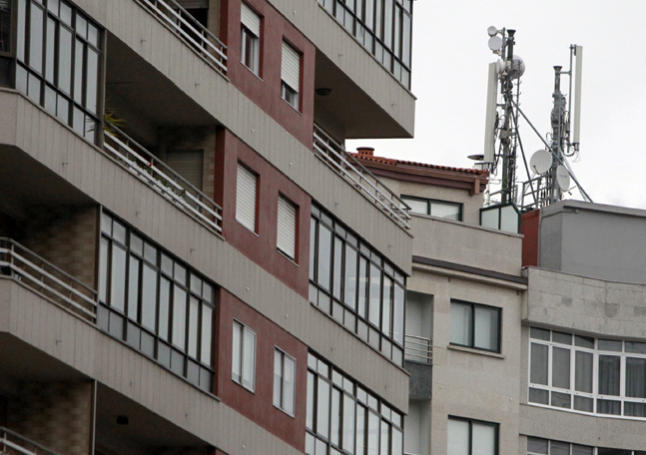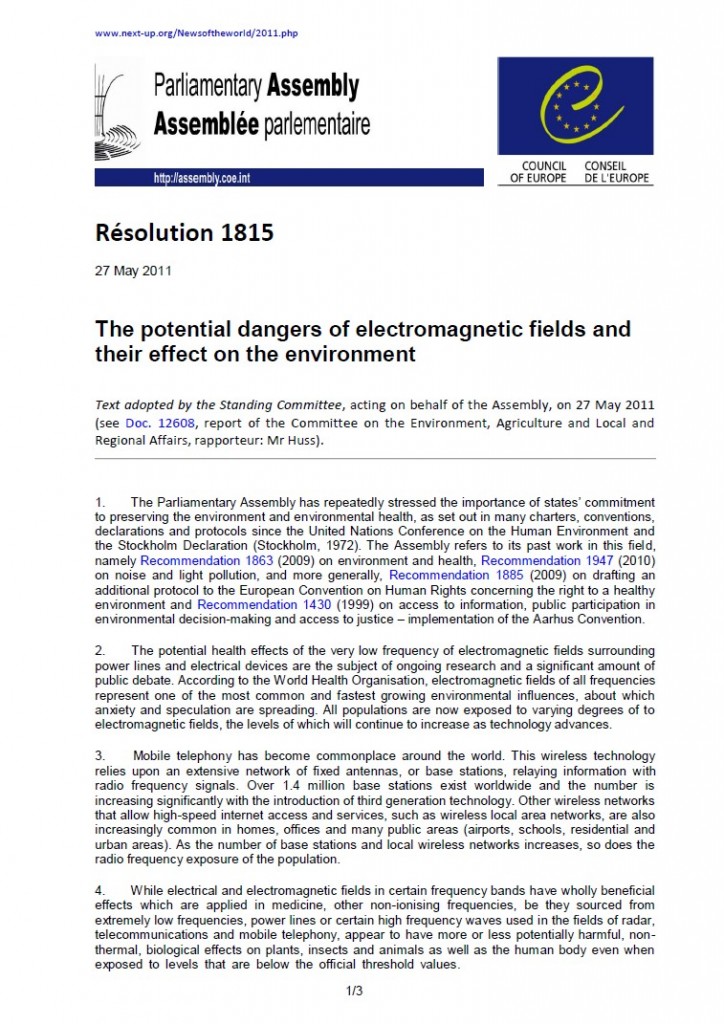Portada del sitio > Estudios Científicos > Evidence for a connection between coronavirus disease-19 and exposure to (...)

Evidence for a connection between coronavirus disease-19 and exposure to radiofrequency radiation from wireless communications including 5G
Viernes 19 de noviembre de 2021 · 1015 lecturas
Evidence for a connection between coronavirus disease-19 and exposure to radiofrequency radiation from wireless communications including 5G
Beverly Rubik1,2*, Robert R. Brown31
Department of Mind-Body Medicine, College of Integrative Medicine and Health Sciences, Saybrook University, Pasadena CA, USA, 2 Institute for
Frontier Science, Oakland, CA, USA, 3 Department of Radiology, Hamot Hospital, University of Pittsburgh Medical Center, Erie, PA; Radiology
Partners, Phoenix, AZ, USA
ABSTRACT
Background and Aim: Coronavirus disease (COVID-19) public health policy has focused on the severe acute respiratory syndrome coronavirus 2 (SARS-CoV-2) virus and its effects on human health while environmental factors have been largely ignored. In considering the epidemiological triad (agent-host-environment) applicable to all disease, we investigated a possible environmental factor in the COVID-19 pandemic: ambient radiofrequency radiation from wireless communication systems
including microwaves and millimeter waves. SARS-CoV-2, the virus that caused the COVID-19 pandemic, surfaced in Wuhan, China shortly after the implementation of city-wide (fifth generation [5G] of wireless communications radiation [WCR]), and rapidly spread globally, initially demonstrating a statistical correlation to international communities with recently established 5G networks. In this study, we examined the peer-reviewed scientific literature on the detrimental bioeffects of WCR and
identified several mechanisms by which WCR may have contributed to the COVID-19 pandemic as a toxic environmental cofactor. By crossing boundaries between the disciplines of biophysics and pathophysiology, we present evidence that WCR may: (1) cause morphologic changes in erythrocytes including echinocyte and rouleaux formation that can contribute to hypercoagulation; (2) impair microcirculation and reduce erythrocyte and hemoglobin levels exacerbating hypoxia; (3) amplify
immune system dysfunction, including immunosuppression, autoimmunity, and hyperinflammation; (4) increase cellular oxidative stress and the production of free radicals resulting in vascular injury and organ damage; (5) increase intracellular Ca2+ essential for viral entry, replication, and release, in addition to promoting pro-inflammatory pathways; and (6) worsen heart arrhythmias and cardiac
disorders. Relevance for Patients: In short, WCR has become a ubiquitous environmental stressor that we propose may have contributed to adverse health outcomes of patients infected with SARS-CoV-2 and increased the severity of the COVID-19 pandemic. Therefore, we recommend that all people, particularly those suffering from SARS-CoV-2 infection, reduce their exposure to WCR as much as
reasonably achievable until further research better clarifies the systemic health effects associated with chronic WCR exposure.
Ver el paper completo en el pdf adjunto








